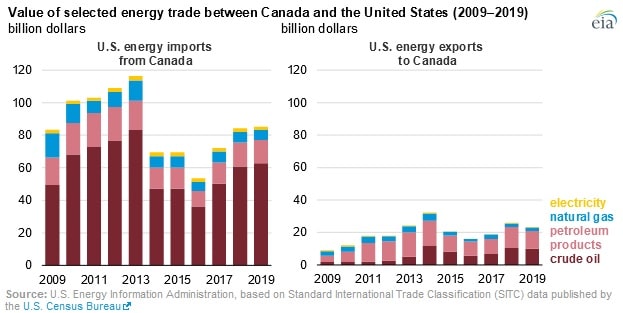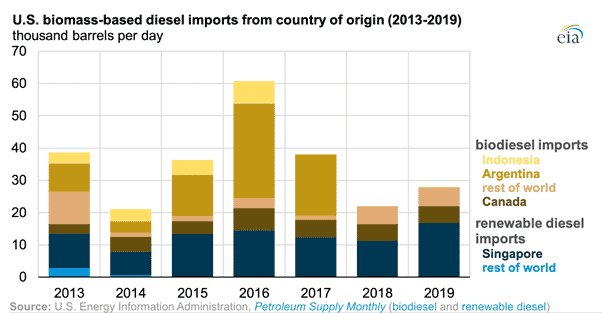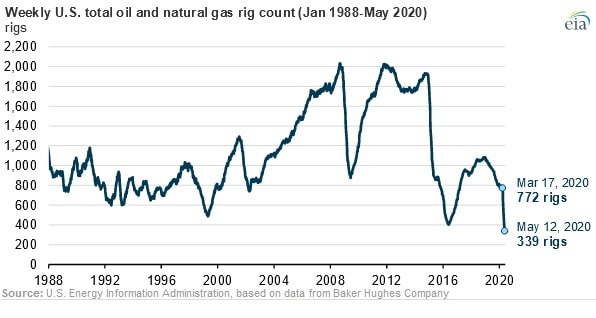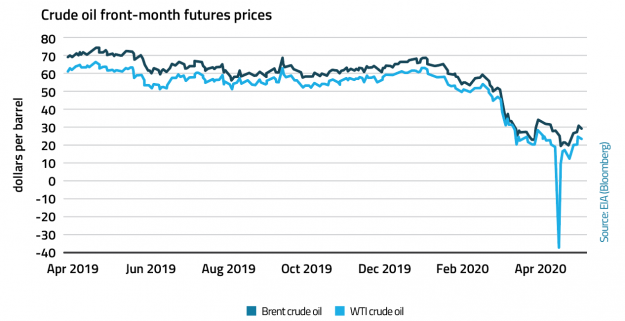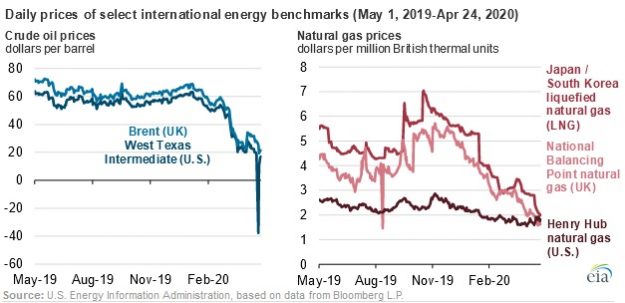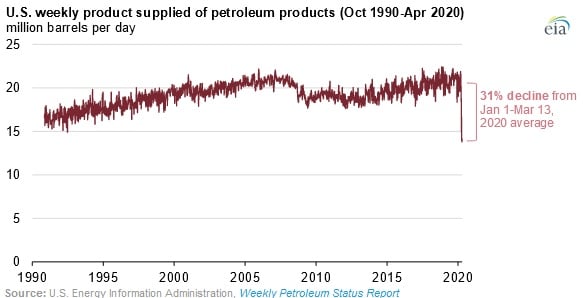Energy Accounted for $85 Billion of U.S. Imports From Canada in 2019: EIA
Canada is the second-biggest destination for U.S. energy exports, next only to Mexico, and the main source of U.S. energy imports, according to a June 5 report from the U.S. Energy Information Administration. In 2019, energy accounted for $85 billion, or 27 percent, of the trade value for U.S. imports from Canada; crude oil and…...
